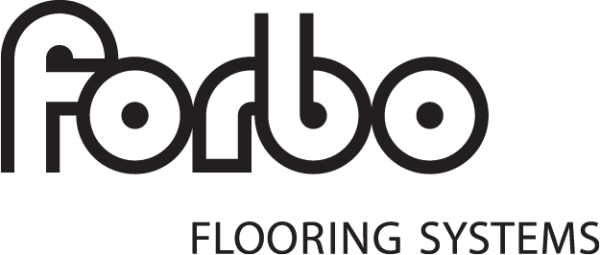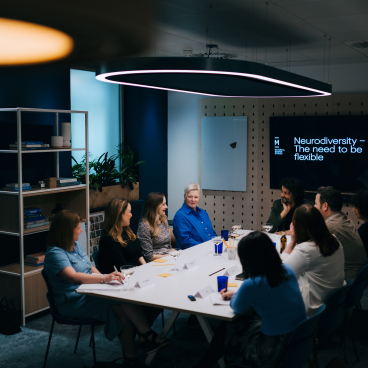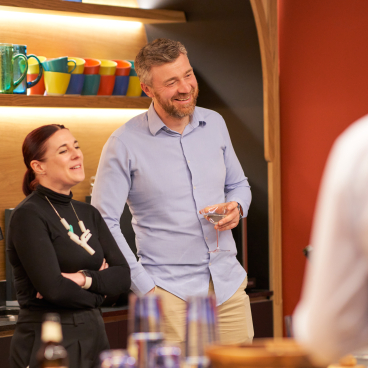Material Source Studio presents: Glasgow Property Outlook – reasons to be cheerful.
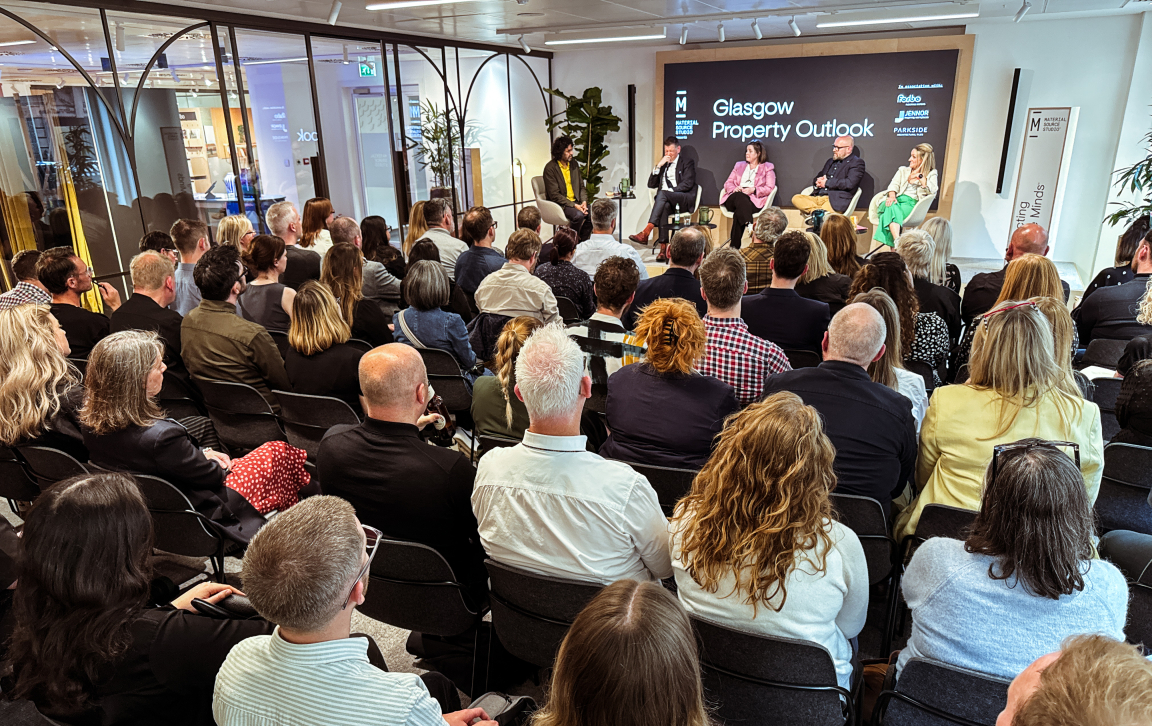
Credit: Tim Ainsworth
Are there plenty of reasons to be cheerful about Glasgow's Property Outlook?
According to the extremely well-placed panellists: Mandy MacDonald, head of infrastructure and new development, Glasgow City Council & assistant head of Glasgow City Deal; Stephen Lewis, managing director, HFD Property Group; Nicola Cameron, director - property joint ventures, University of Glasgow; and Andy Dale, DM group manager, Glasgow City Council, in conversation with host David Smalley at our recent Material Source Studio Presents seminar in Glasgow - yes. Though, there are clear – in some cases, significant - challenges.
The audience consensus was that the council is making great strides - though communication was highlighted as being crucial in getting citizen buy-in.
The central themes that ran throughout were collaboration, and a real can-do, roll-your-sleeves-up attitude. A “whole systems approach”, as Nicola put it. Plus, a razor sharp focus on, and dedication to facilitating innovation.
Discussing everything from BTR to graduate retention, repurposing heritage buildings to making the most of the River Clyde, the extended hour and a half session still only allowed the surface to be scratched. Here’s a snapshot of what was covered…
Reasons to be cheerful
With the theme of the session ‘reasons to be cheerful’, with a real focus on positivity, David asked the panel, “What project have you championed and talked about until somebody finally listened, and now it’s a reality?”
“For me, it would be 177 Bothwell Street” began Stephen Lewis, managing director, HFD Property Group - Glasgow's largest workplace developer, “and The Glasgow Development Forum, which was started pre-Covid to foster discussion between industry stakeholders. It’s topic based – covering everything from planning to development contribution in terms of how we work together to make things better. This collaborative approach is bearing fruit and having a visibly positive effect.” Fellow panellist Mandy MacDonald, head of infrastructure and new development, Glasgow City Council, is also the Forum’s pre/post planning contact within the council.
Her colleague Andy Dale, DM group manager, Glasgow City Council, responded to David’s question with the local development plan, which in recognition of the level of investment and development activity, and how much planning has been yielded as a result, has led to the need for more planning officers to be recruited. This will see the team grow by more than ten new officers dedicated to planning and contributing to policy “speeding up the whole process”. Music to the ears of the architects and designers in our audience.
Let’s invest in Glasgow by offering a better, speedier planning service – Andy Dale
“I think every single planning department in the UK feels it's understaffed. It became particularly acute for us. We are investing in people who understand and are passionate about Glasgow – those who want to see this city thrive.”
Greatly aware of the cruciality of an efficient planning process, being an architect by trade, Mandy highlighted her role in the development of the council’s City Deal, and contribution to the Avenues programme – an economic initiative that affects “most of Glasgow’s streets” – with Sauchiehall Street at the centre of a “reprioritisation pilot project”, which sees more greenery added to the area to encourage greater engagement between people and place.
From the audience, Andrew Hadden, associate, HLM Architects, asked “As well as expanding the planning department to deal with the volume of applications to build momentum and help to encourage investment, what else can the council do to encourage more investment into the city?”
“One of the things we need to do”, responded Andy, “is talk about our vision. To make it clear as to why we want people to invest in Glasgow, and what the opportunities are. The trigger for creating new investment is that there is a tangible opportunity – and that needs communicating. We have a new Development Plan that’s in the evidence gathering phase, but when developers get sight of this they can see the ‘why’.”
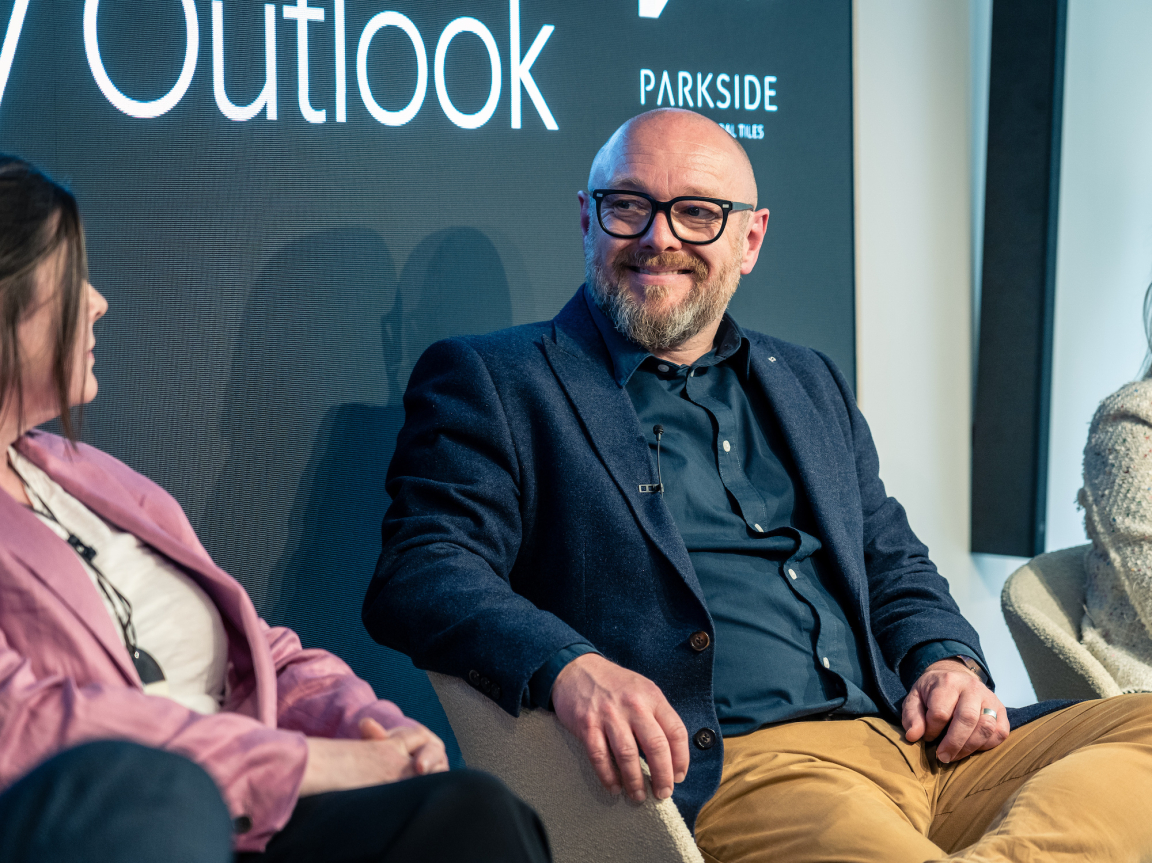
Credit: Tim Ainsworth
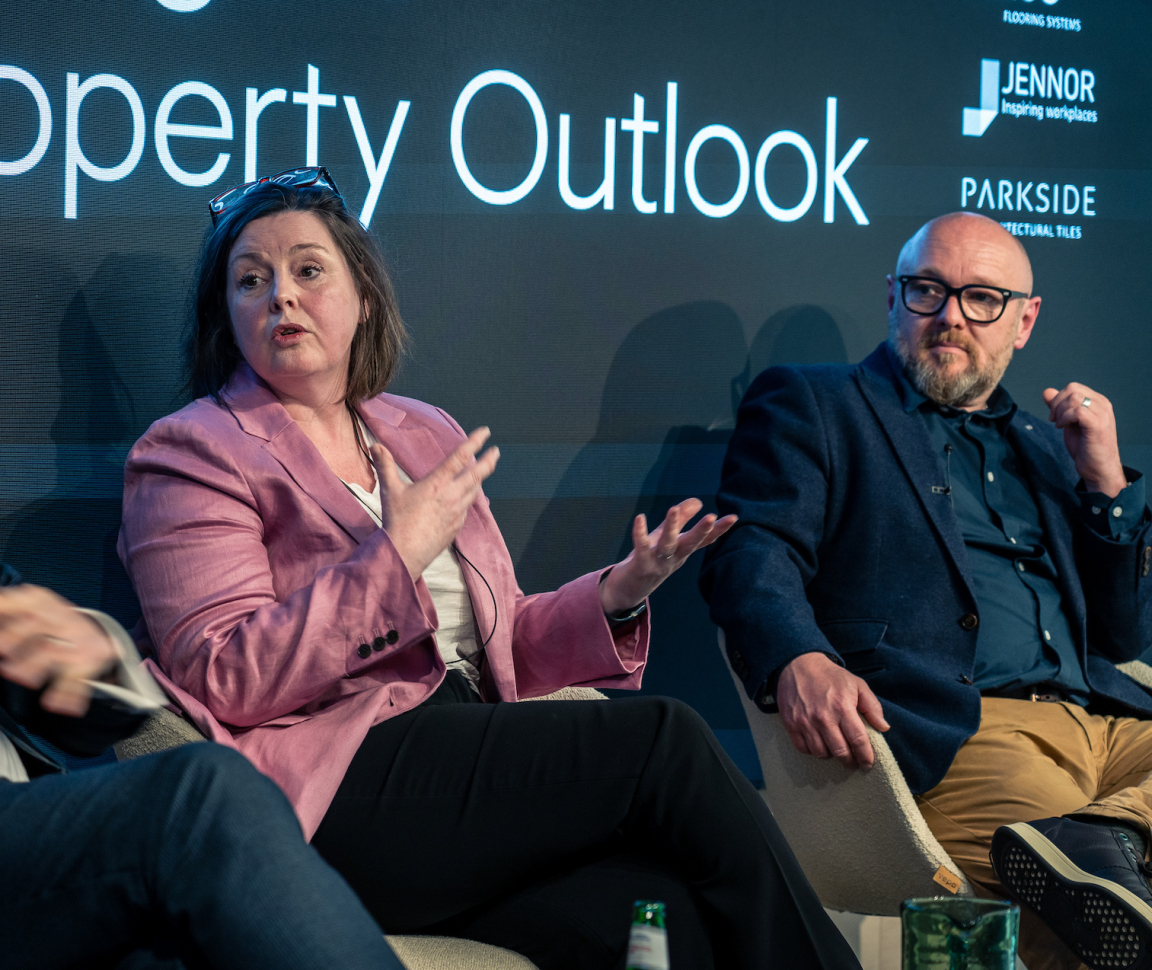
Credit: Tim Ainsworth
Investing in innovation
Nicola Cameron, director - property joint venture, University of Glasgow went on to reference a project that has gone from concept to fruition in the education sector – a huge driver of city growth thanks to there being 11 Higher and Further education institutions in the city, the highest concentration outside London and with some world-class educational institutions.
She explained, “We are working in partnership to deliver the new Health Innovation Hub in Govan. That’s a project that I feel will be incredibly transformational for Glasgow as the city is consistently ranked in the top 20% of the top 100 most innovative cities in the world. And what we need to do to continue to build on that is create the right environment for enabling spin-outs – supporting people with an amazing idea to grow a company and reinvest in the economic power of Glasgow. This project became a reality because we’ve worked in partnership with Scottish Enterprise, the private sector (Kadans), and the council, plus we’ve benefited from the City Deal fund.
“This is super exciting for me because Glasgow University has strengthened our civic mission so we’re looking at where else we can engage, partner and collaborate across the city, and this project in Govan is really a key step in delivering the Glasgow Riverside Innovation District (GRID) – all about enhancing everybody’s opportunities in Glasgow.”
She also shared details of another project close to her heart – the award-winning James McCune Smith Learning and Teaching Hub.
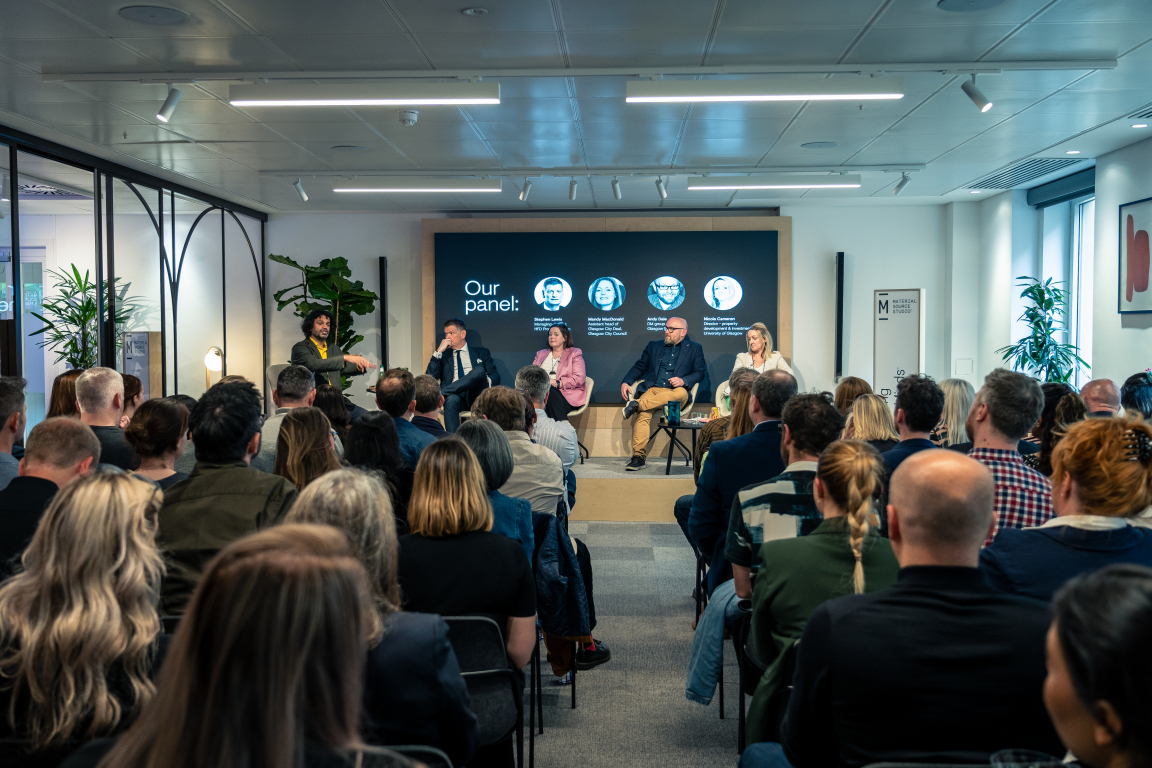
Credit: Tim Ainsworth
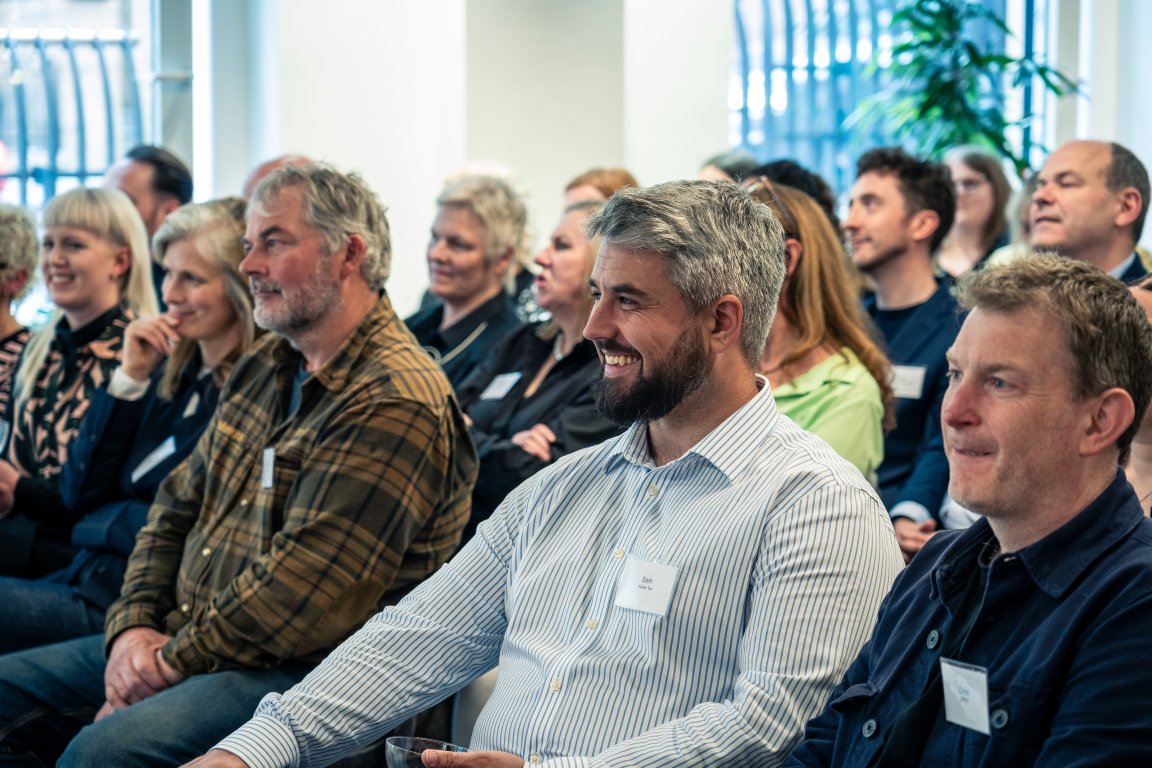
Credit: Tim Ainsworth
Designed by HLM Architects – with team members present in the seminar’s audience - this project was the winner of the Education Award at the Glasgow Institute of Architects (GIA) Awards and Project of the Year, Pupil/Student Experience Award, and Highly Commended in the Inspiring Learning Spaces category at the Learning Places Scotland Awards 2021. The new learning and teaching hub is said to provide state-of-the-art learning and teaching facilities for over 2,500 students in a highly sustainable BREEAM Excellent building that sits at the heart of a conservation area.
“This was a project that very much focused on student experience”, commented Nicola, “attracting the best and brightest students to Glasgow – because they are the future.”
Shifting the geographical focus to Leeds, David asked the panel about their experience of the previous weeks’ UKREiiF – a sector event dedicated to ‘unlocking investment and driving regeneration and development across the UK to accelerate economic growth.’ “Did Investment Glasgow shout loud enough?” asked David.
Nicola was amongst the 13,000 attendees and shared her key takeaway as the fact that the city had invited the University of Glasgow, amongst others including the University of Strathclyde, because they saw the benefit of “us all being there together – the partnership element – we were #TeamGlasgow. This is where our strength lies.”
As part of the city’s presentation at UKREiiF, the work of Stephen and the HFD team was referenced – “As part of an on-stand event, where I collaborated with head of planning, Sarah Shaw, we talked about the City Centre Task Force”, said Nicola, “and that’s a public/private group that has come together to face into some of the challenges that we have. And I think that’s what we need to do more of.”
At UKREiiF, the City Pavilions that were most buzzing were those that had really cottoned onto this - they had investors, HE, and the city all working in near-perfect harmony - Nicola Cameron
“Who most stood out?” asked David. “Newcastle”, answered Nicola. “They had a great buzz and a real story to tell. They’ve done a great job attracting investment."
Nicola believes that it’s the partnership investment in Newcastle, particularly with the education sector, and the City Council that has supported this. In Glasgow, there has been significant investment of around £1billion between the University of Glasgow and Strathclyde over the last decade into their estates in addition to building closer working relationships with the council.
We’re all in this together – let’s roll up our sleeves - Nicola Cameron
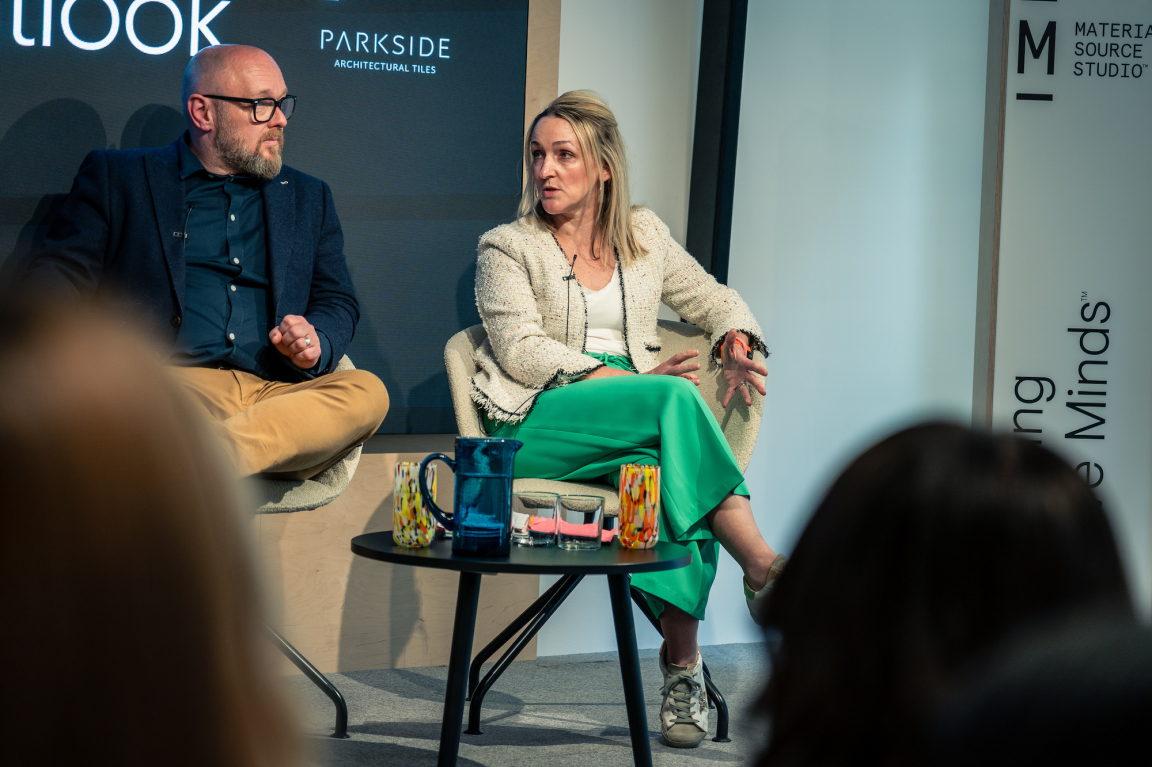
Credit: Tim Ainsworth
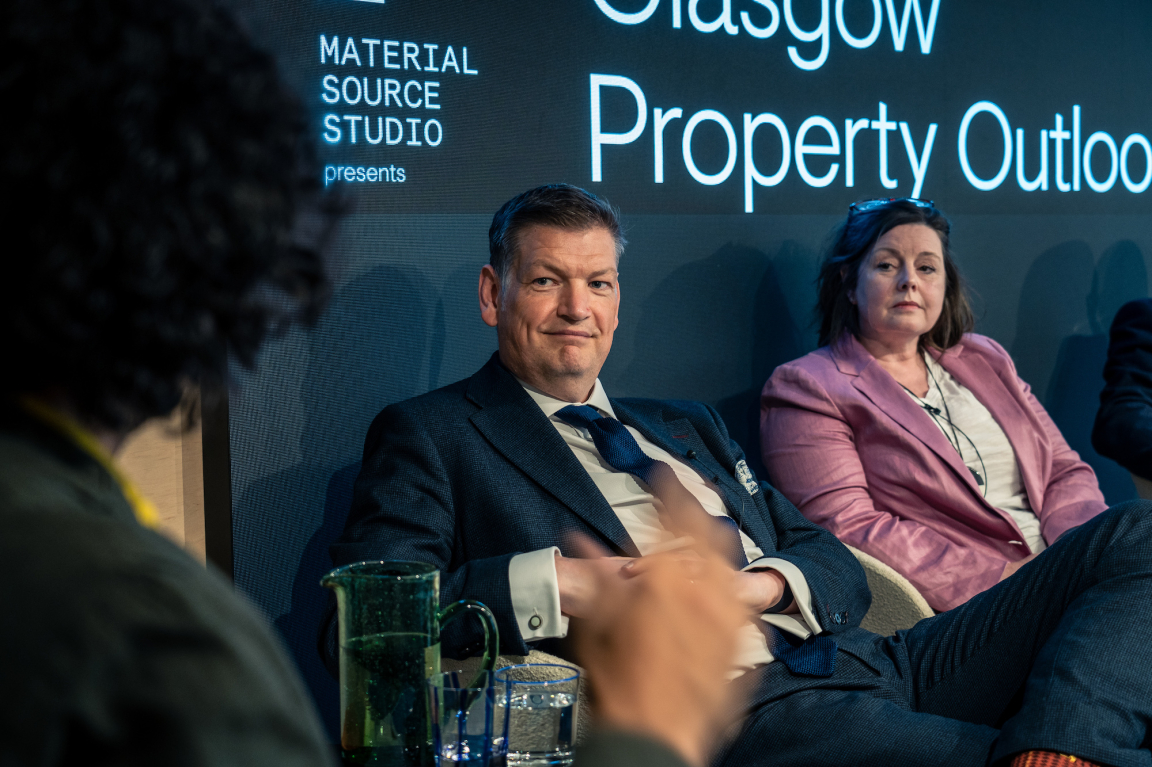
Credit: Tim Ainsworth
Speading the word
Also in attendance at UKREiiF was audience member Nick Walker, director – built heritage & townscape at Iceni Projects. His question to the panel was on messaging and communication. “In order for our city to change there’s going to be disruption – how do we bring the citizens along with us?”
Nicola brought up New London Architecture, an organisation whose role in London is to communicate the city’s plans with the people that live there; the cornerstone of their toolkit being a physical model, which, Mandy confirms does also exist in Glasgow (in addition to a digital model, which you can see here). A show of hands in the audience fast revealed that although the council may have them, very few have seen them.
Mandy added the council acknowledges that it could do more by way of communication – “we have lots of positive stories, and we’ve agreed with the Development Forum that we’ll do more to pass on information about our projects through the likes of social media to further engagement.”
On the ground interaction with the people these projects will impact was also suggested by Andrew McMillan, project director, Government Property Agency, so they don’t simply exist as “ethereal concepts”.
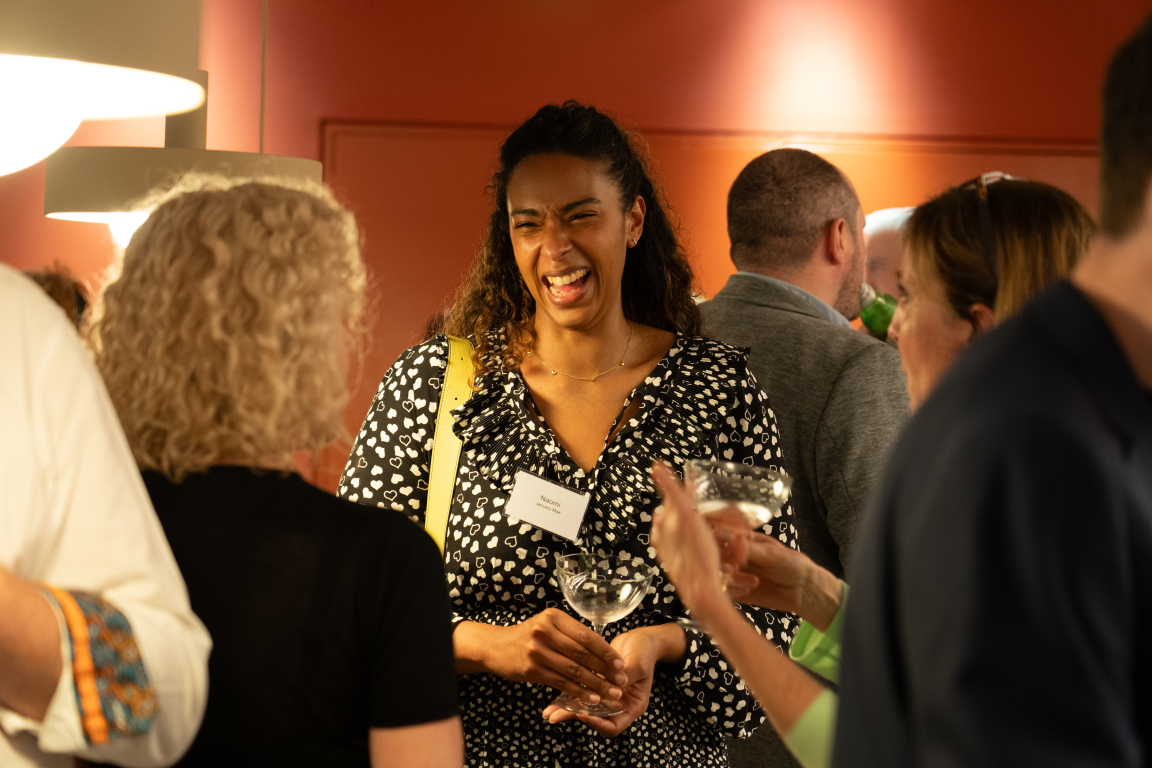
Credit: Tim Ainsworth
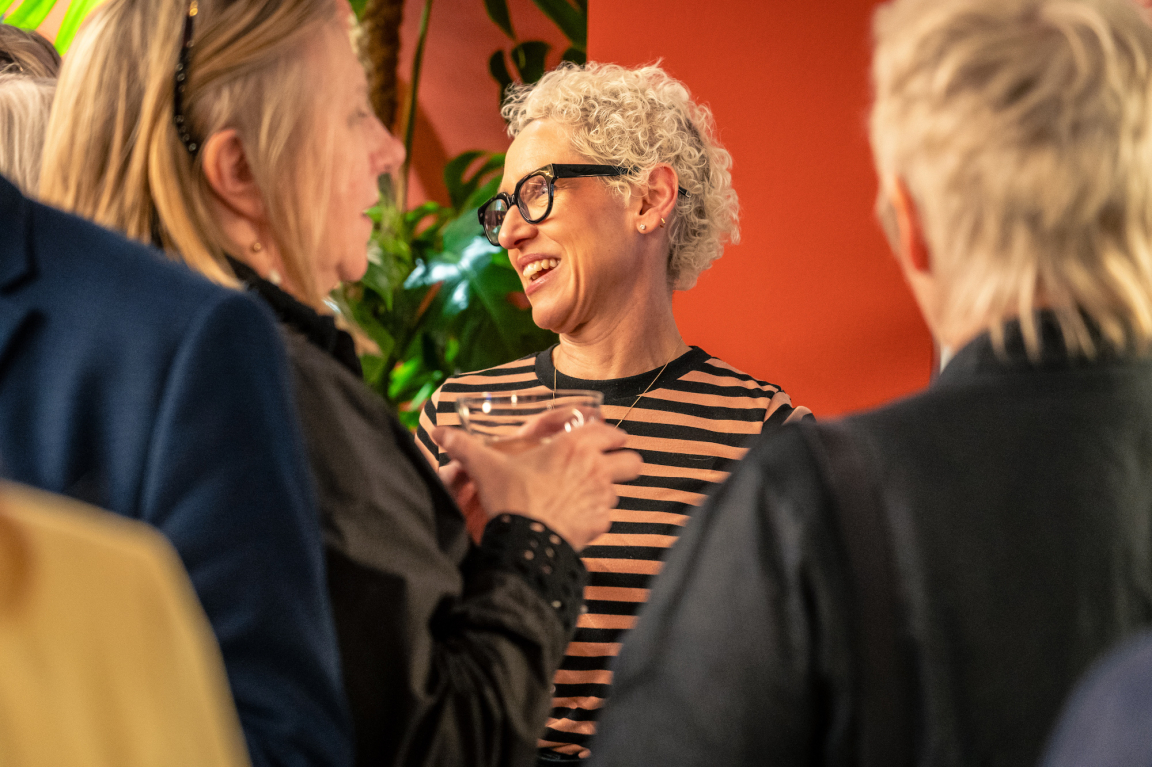
Credit: Tim Ainsworth
Live, learn, work & play
Referencing a quote by Mark Allan, CEO of Landsec, in relation to the retail sector: “We have turned a corner”, David asked the panellists “who agrees?” Stephen believes the political change on the horizon will be the real turning point. “Does that also apply to tackling the UK housing crisis?” David continued. “Is Labour’s plan to build new towns a favourable one?”
“For me it’s more about populating the existing cities and towns that’s more important than building new ones”, commented Stephen. “On the Chris Stuart podcast – which I’d urge anyone to listen to – he said that Paris’ population is 26,000 people per square kilometre, and Glasgow’s is 2,500. So, Glasgow is less than 10% the density of Paris. Quite a mind-blowing stat. We need to be increasing the city centre population before we start building elsewhere. It’s more sustainable, it drives residential, retail and leisure, plus brings people closer to their workspaces.”
“How are we doing in terms of ‘live, learn, work, and play’ in Glasgow?” David asked Mandy.
“According to the 2022 census there are 28,000 residents within Glasgow”, she replied, “but this is based on data, and data has its complexities. But we said we would double the population living in the city, and we feel we’re on track and that with what’s in the pipeline in terms of residential it’s achievable. But we need to ask ourselves whether this is enough, or do we want to do more? As part of this are our heritage buildings – a USP here in the city - which we’re encouraging the repurposing of. So, we’re considering any constraints in planning, for example, and thinking about how we work collectively.”
As with many other cities around the world, the Covid-19 pandemic had a “detrimental effect” as Mandy put it, on Glasgow, mainly due to this fact that most people who work in the city don’t live here so are travelling in and out. “We need to be more resilient, as well as making the city vibrant 24-hours a day.”
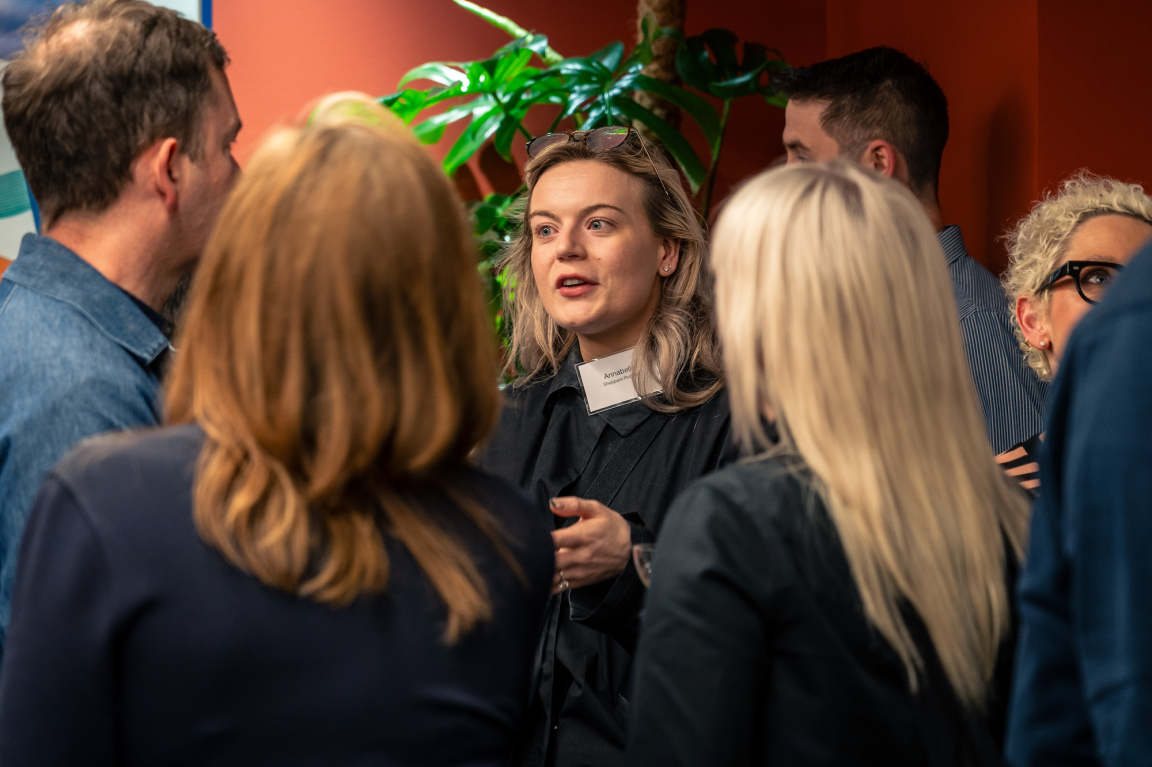
Credit: Tim Ainsworth
Despite the Covid impact though, Andy commented that “securing a dense core” for Glasgow has “always been the plan”. “This has influenced many years’ of iterations in our Development and Regional Plans, though the challenge is how do we make sure land is remediated and resolved – we can’t always bid on Commonwealth Games to make this happen. To get the concentration we also need the appetite for this level of density. We’ve approved 1,500 BTR units since January and that’s almost all in the city centre, so there’s huge momentum there.” The planning department has also just published a guidance piece on co-living, which you can find here – something new for Scotland.
Stephen interjected – “I think we need to differentiate between a ‘consented scheme’ and a ‘delivered scheme’ – the biggest issue we have currently with BTR is no one will invest. There’s £700million lost BTR investment through schemes in planning due to the Housing Bill – it has to be changed. You can put as many schemes forward as you like, but they won’t happen.”
“So, there’s a huge, missed opportunity in Glasgow then?” asked David. “Not just in Glasgow”, responded Stephen, “but across the whole of Scotland. Though I am confident it will change significantly.”
Continuing on the theme of missed opportunity, Stephen highlighted a piece of work tied into the City Repurposing Strategy, which was completed off the back of Covid, identifying 2.2 million sqft of Grade B/C office upper floors, which are no longer fit for purpose as workspaces, but need to be repurposed. “So, there’s an opportunity to be taken there.” However, there’s currently “a raft of things stopping it” – from listed status to cost. Though pilot schemes are in action, Stephen believes the process needs to be accelerated.
Considering this from a slightly different angle, Nicola added, “Glasgow has the highest concentration of educational institutions outside of London – we have 11 – and between them they generate around 40,000 graduates per year. We’re really doing well at retaining them, but the whole system needs to work. The graduates stay for jobs, the jobs come because of the graduates, but we also need in that ecosystem somewhere for our graduates to live. They love the city, they’ve put down roots, and they want to stay. We need to unlock some of what Stephen is saying so as not to lose them to other cities such as Manchester or Leeds. They are our economic driving force.”
We have to consider the full residential journey – Nicola Cameron
“We’ve hit on what seems like a major blocker here?” suggested David. “Yes”, answered Stephen, “and it’s potentially hindering growth – not just in Glasgow but across Scotland. We need to solve it.”
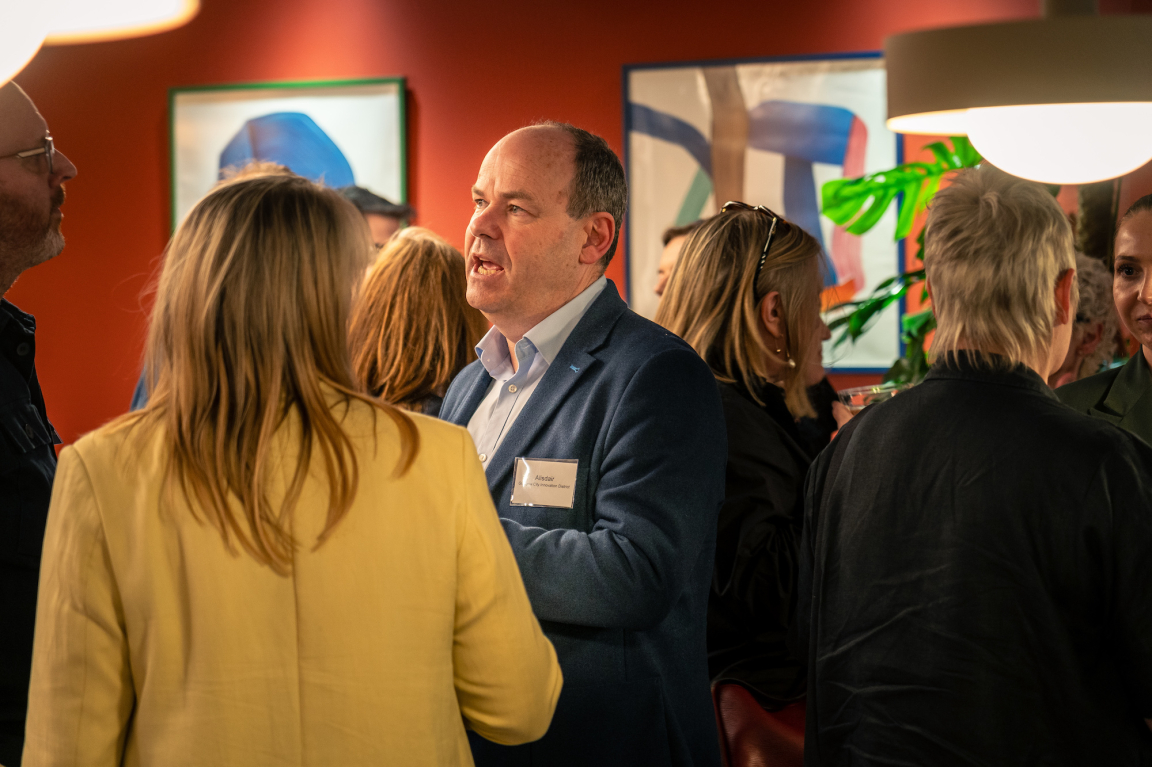
Credit: Tim Ainsworth
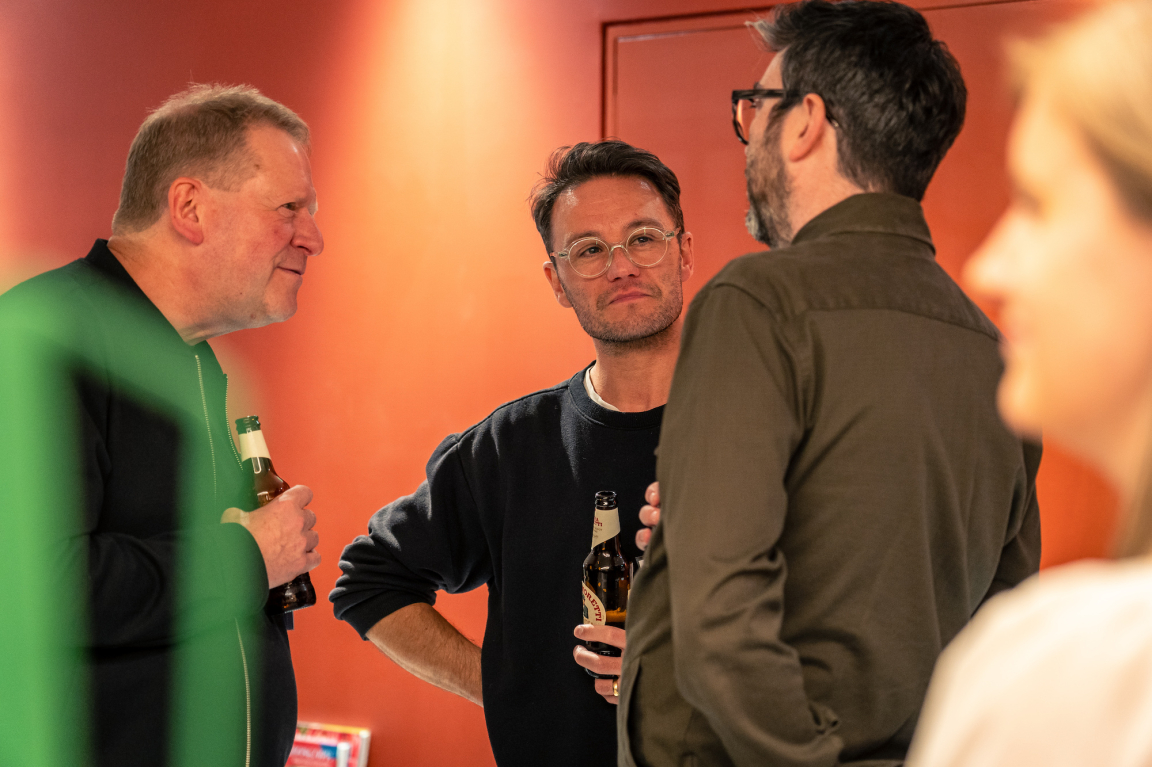
Credit: Tim Ainsworth
A heritage heart
With heritage, often listed, buildings – there are 1,800 in Glasgow - as Mandy said “a USP” for the city, additional complexities exist as a result. Task forces have been set up to support, armed with a council-led tool kit that factors in the likes of fire mitigation and waste management, and in this sense, Stephen commented that the council has “righted a wrong” by evolving a “can do attitude” into a “how do we do it” approach, changing policy to facilitate rather than hold developers back.
Nicola also believes heritage buildings provide creative fuel for architects, citing a project where the University inherited five listed buildings. Though for some involved the easy thing would be to demolish, repurposing won out. “Working with the council it’s looking at how to mesh the historic with the new – these buildings are challenging, but they’re also an opportunity. They give something different to the city. We have a great heritage of being creative and we shouldn’t lose that. But it does mean working harder, and smarter, what’s the alternative?”
“The council’s solutions for each site is bespoke”, added Mandy. “The art school, for example, has its own mechanisms. But we can also facilitate ‘match making’ between developers and heritage sites – please get in touch with us to find out more about this”, she urged.
The council can facilitate match making between developers and our heritage sites - Mandy MacDonald
“These buildings are what’s unique about Glasgow”, said Andy, “they are so important. In some cases, we’ve looked at a site and the viability has already gone. This is depressing for us at the planning department and local authority – and for the city – but sometimes they’ve been left to deteriorate for so long there’s nothing that can be done.” Making the point that while all the policies and mechanisms push towards retaining them, the council can only do so much. The overarching message: heritage projects need to be started sooner rather than later.
A question from audience member, Gillian Stewart, director, Michael Laird Architects, asked, “The addition of residential to the city centre is music to my ears, but taking the Paris analogy that Stephen mentioned, they have generations of families evident in the city. Is the vision to have a mix of generations in Glasgow? Because there needs to be green space, safe spaces, places for families as well as for students and other generations.”
“You’re spot on”, responded Andy. “The aim is to build a sustainable community with a whole range of people, different types of household – multi generational living. That’s the aspiration. But the delivery of it is a challenge. In Paris, there’s 200-years that have led into that.”
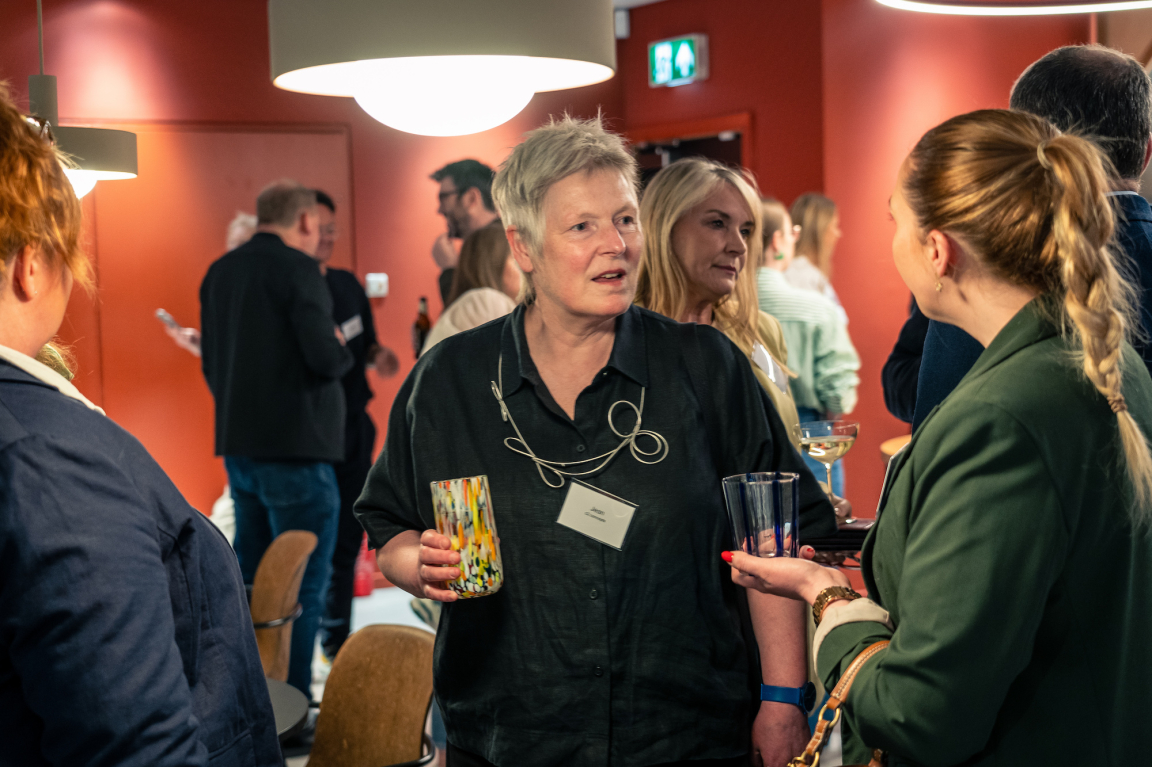
Credit: Tim Ainsworth
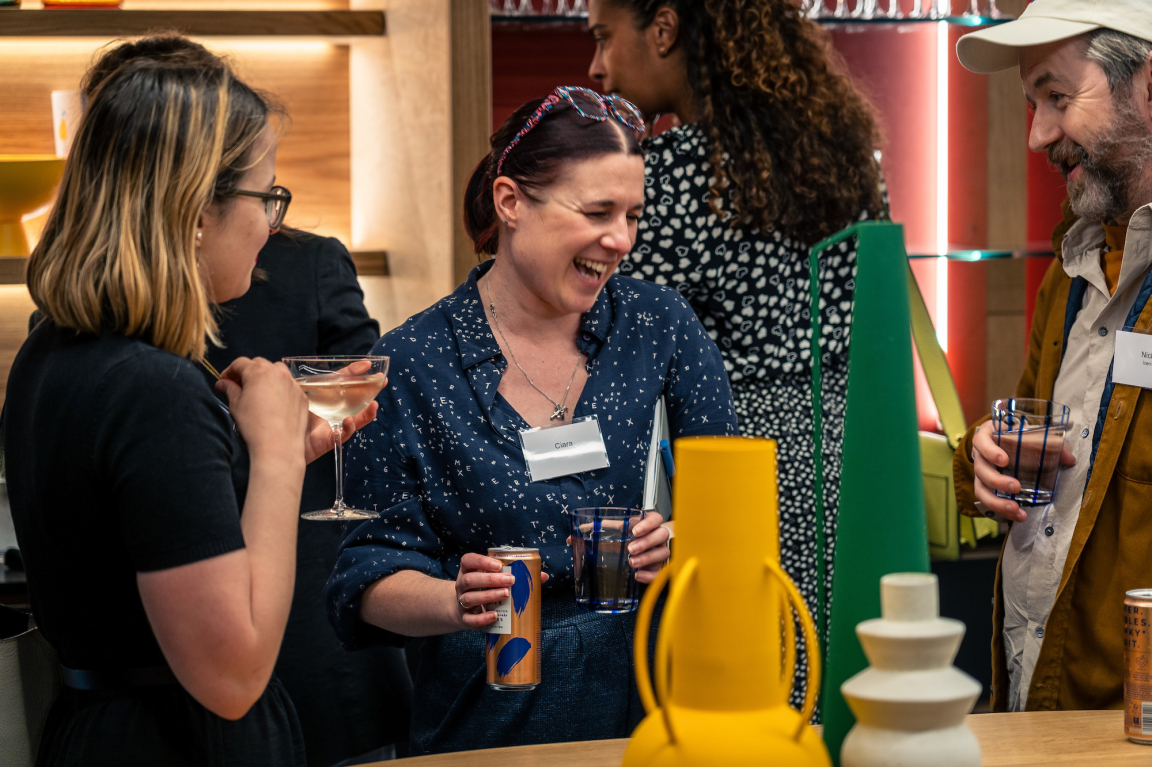
Credit: Tim Ainsworth
Density vs disparity
Audience member Ross Hunter, director at Graven commented that although encouraging residents to live in the city centre is important, office workers also contribute heavily to the city’s vibrancy. He asked, “what are the Council and Universities doing to encourage their staff back into the workplace? In some instances, especially on Mondays and Fridays, the ‘toon’s deid’.”
Nicola responded, “We’ve got 11,000 staff, and Covid changed everything for everybody. But what we realised is you have to make it worth peoples’ while to come back to campus. We are embarking on a project titled Workspace Futures 2030, because we recognise you can’t change things overnight. We want to know why people come to our campus – it’s not to sit and read emails, but it’s to be together, so that means the space has to change to be more collaborative” – something, that although was already happening, has been accelerated.
Similarly, the council is conducting its own research to analyse how people are using the city, and what they want from it, to take action.
Another ripe opportunity that is now being explored is the River Clyde. “We don’t take advantage of the fact we’ve got a river in the heart of the city”, said Andy. But this is in the process of changing with the council’s collaborative project with SEPA, assessing flood risk and coming up with creative solutions to the challenges posed.
We’re very much about finding solutions - Andy Dale
“How far along with this are you then?” asked David.
“There are a number of projects”, replied Mandy, “big institutes are coming towards the river. We’re working with the Universities to access the pontoons to allow more boats – basically to activate it.”
“It’s the biggest open space in the city, so we need to make sure we’re capitalising on this by allowing people access”, added Andy.
Taking a step back to review the bigger picture, David asked the panel for their main pieces of advice for the audience of architects, designers, and property professionals.
“We need to co-create and collaborate”, offered Nicola, “we need to be curious. We’re a city of innovators – it’s part of our heritage. When you look at the art school, all of those graduates come out already entrepreneurs, already going to be epic businesspeople. We’re already creating that entrepreneurial spirit.
“The recent Glasgow City Region UK Government Investment Zone had £160million available to de-risk new innovation projects. There were 41 bids submitted, and with the match funding generated there was a total projects value of around £2billion – testament to the ambition and innovative thinking already happening that just needs some seed capital /financial backing to go live. To me, that’s the spirit of Glasgow.”
Get involved – Stephen Lewis
“Get involved”, added Stephen, in reference to the amount of organisations and groups that people can join – such as the BCO. “And please come and talk to us”, said Mandy on this note – “we are great at stakeholder management, and bringing people together to forge new ideas.”
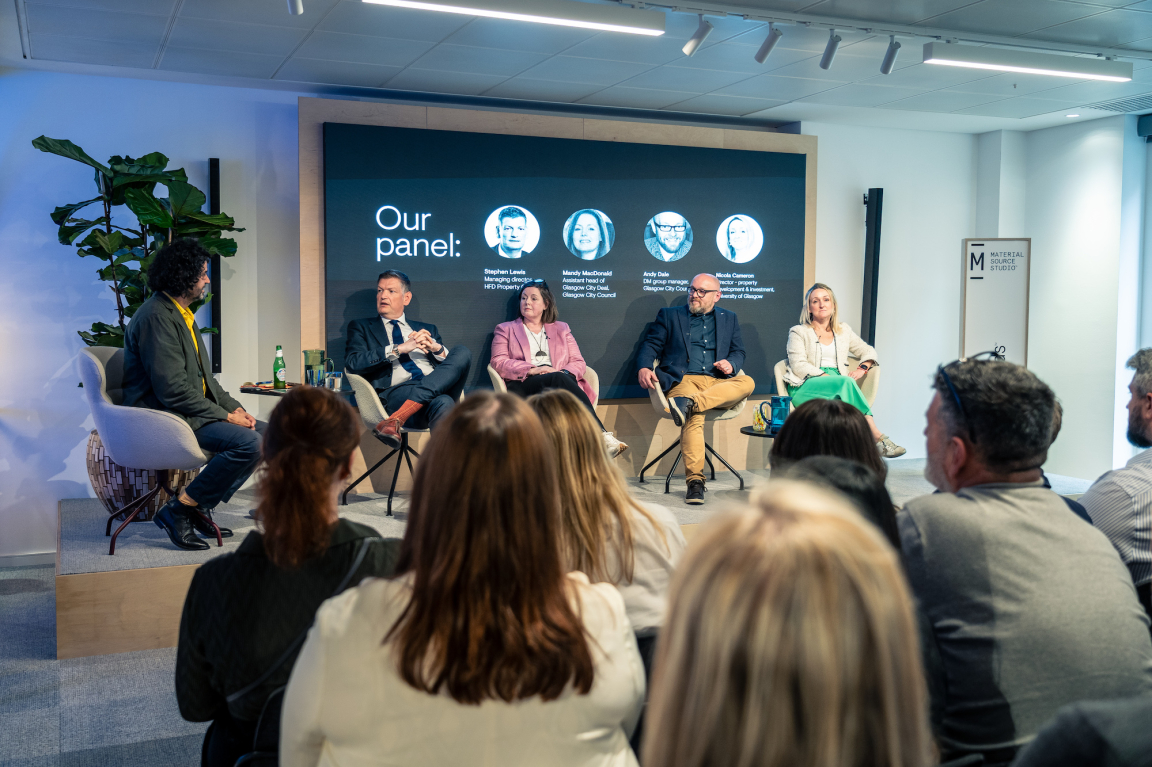
Credit: Tim Ainsworth
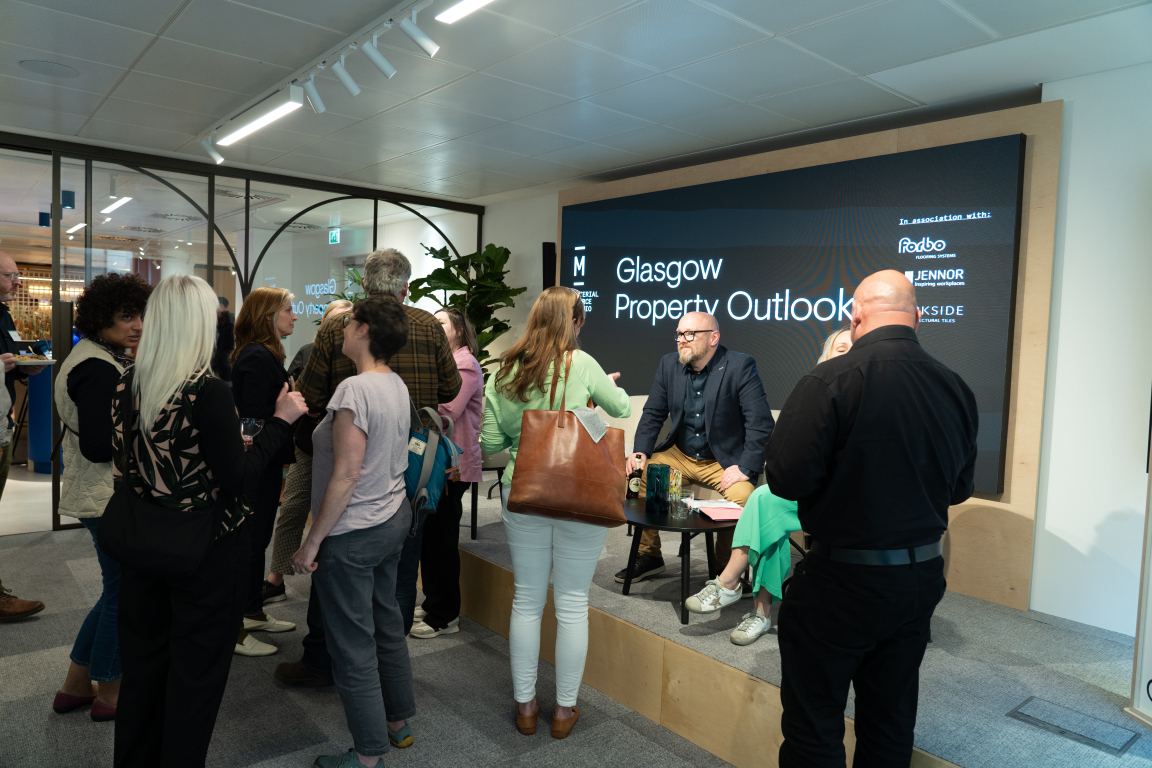
Credit: Tim Ainsworth
What’s next?
Looking to the future, David asked the panel to “fast-forward 30-years” to consider what Glasgow should be known for worldwide.
“To continue to be known as the ‘friendly city’, rich in culture and heritage”, responded Mandy, “and as the best place to live” – a clear aspiration of the council. However, on this point, the challenges run deeper than those already highlighted in the session. Equality was pointed out by Andy as being hugely disparate in Glasgow.
Flagging the many spin-outs that have come from the Universities in Glasgow, Nicola hopes the city becomes synonymous with innovation – something that Stephen thinks will be a given, alongside the recognition of Glasgow’s commitment to sustainability “doing the Earth proud.”
“And your favourite places to go in the city?” asked David. Music venues, St Mungo’s Square, Pollok Park, came the panel’s responses, with Nicola concluding, “The beauty of Glasgow is you never know what you’re going to find when you turn a corner.”
On leaving the Theatre to chat more over drinks and a bite to eat, the message that prevailed loud and clear was that Glasgow is dedicated to collaboration and cooperation with a ‘can do’ attitude. Though perhaps a little more communication would help. To aid the conversations further, we’ve included some useful links below should you wish to follow up on any of the points raised in this session.
Huge thanks to our panellists for their generosity of time and willingness to share, to our audience, and to our supporters for the event, Forbo, Jennor & Parkside.
Stay tuned for our upcoming roundtable write-up, where we delve into Glasgow’s residential mix.
Useful links
- City Centre Strategy
- Golden z
- City Centre Transport Strategy
- Avenues
- City Deal
- City Region City Deal
- Built Heritage Commission
- Co living guidance
- Tall buildings – consultation June 2024
- For anyone wishing to engage with GCC / City Development, please contact Mandy MacDonald


